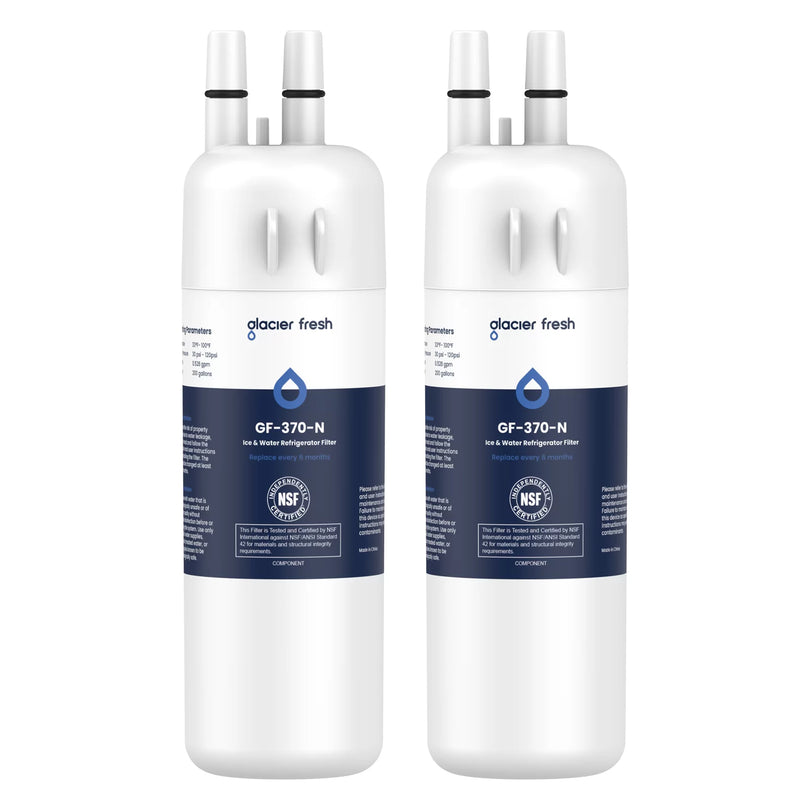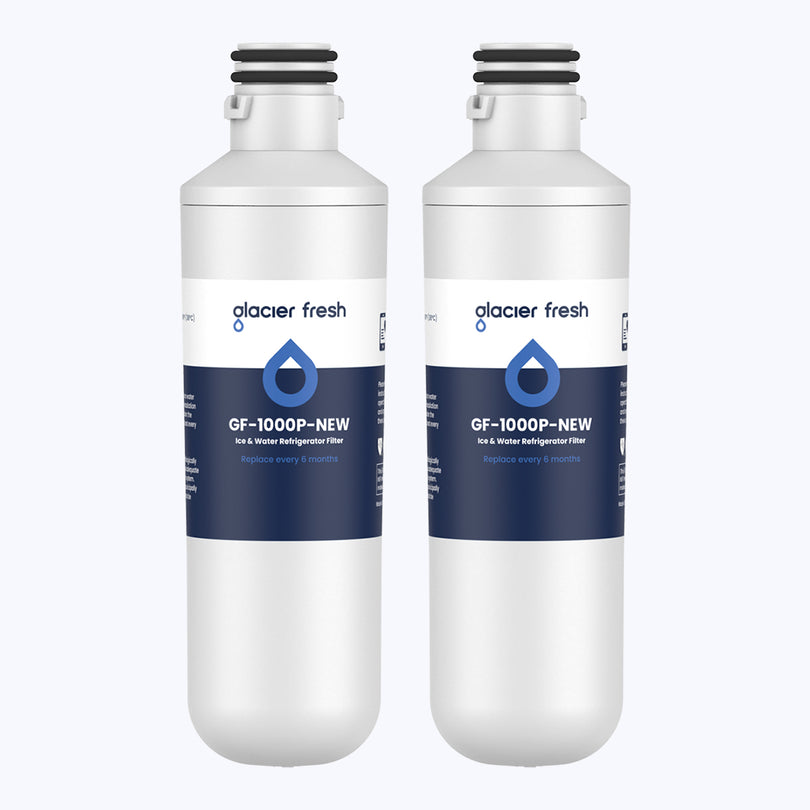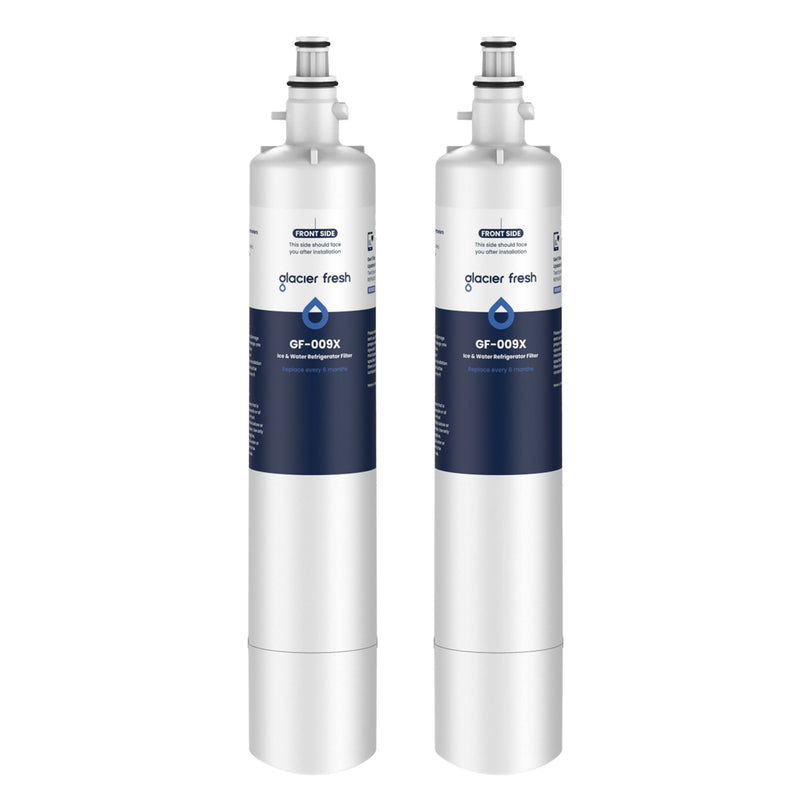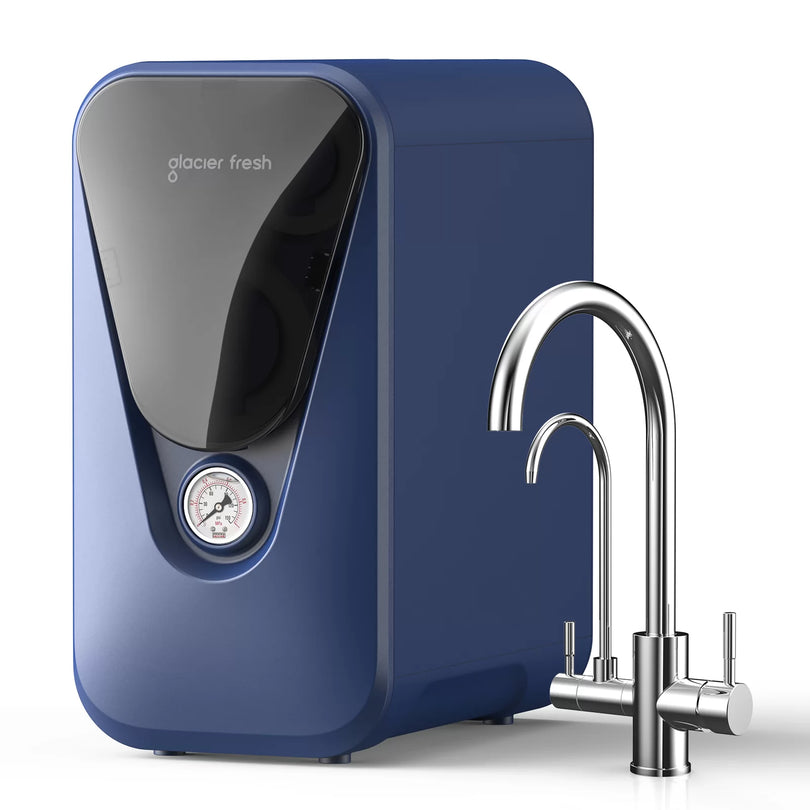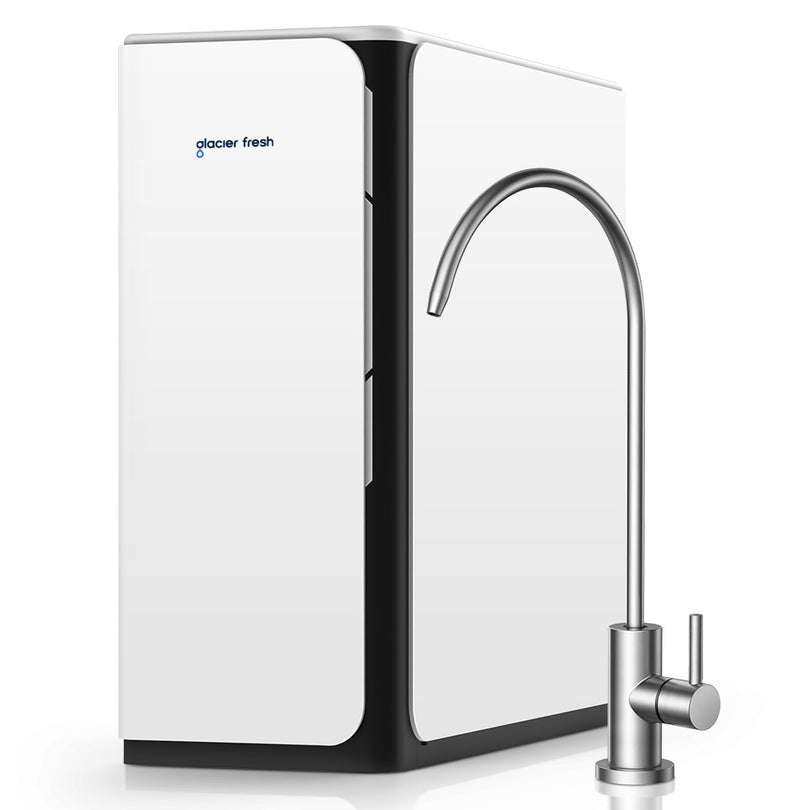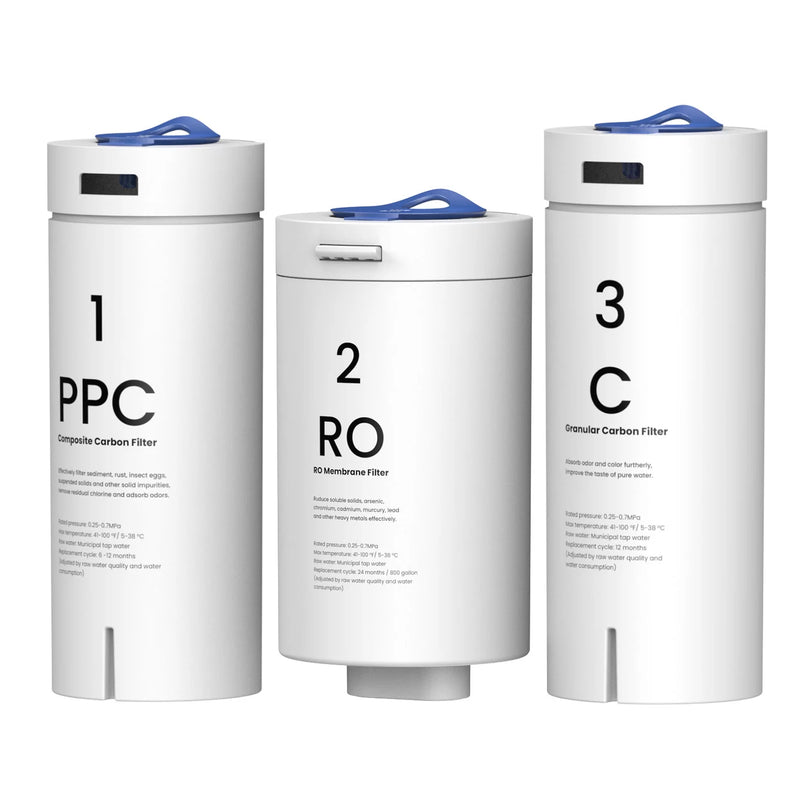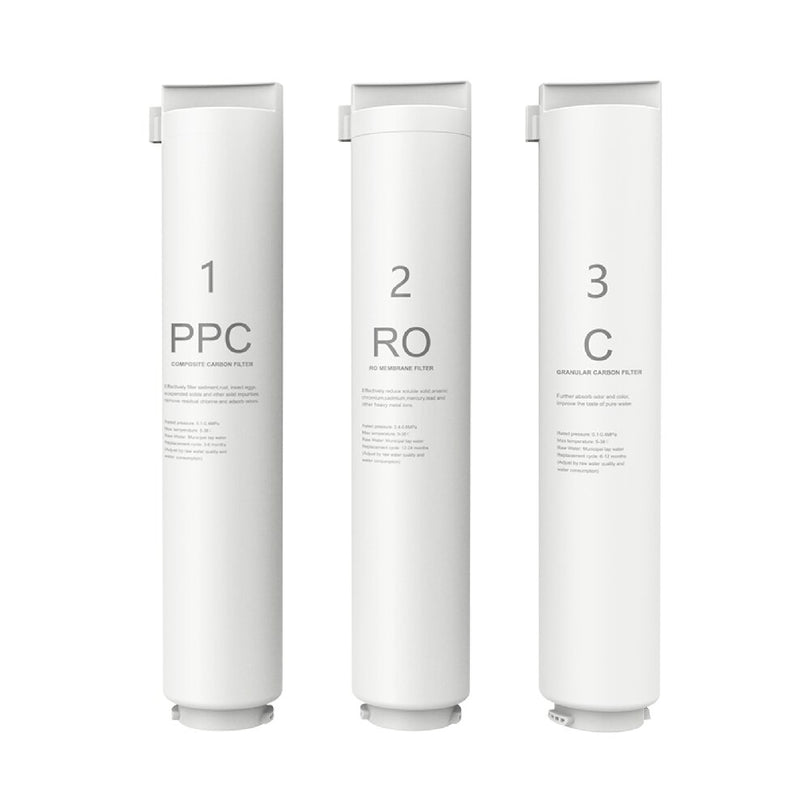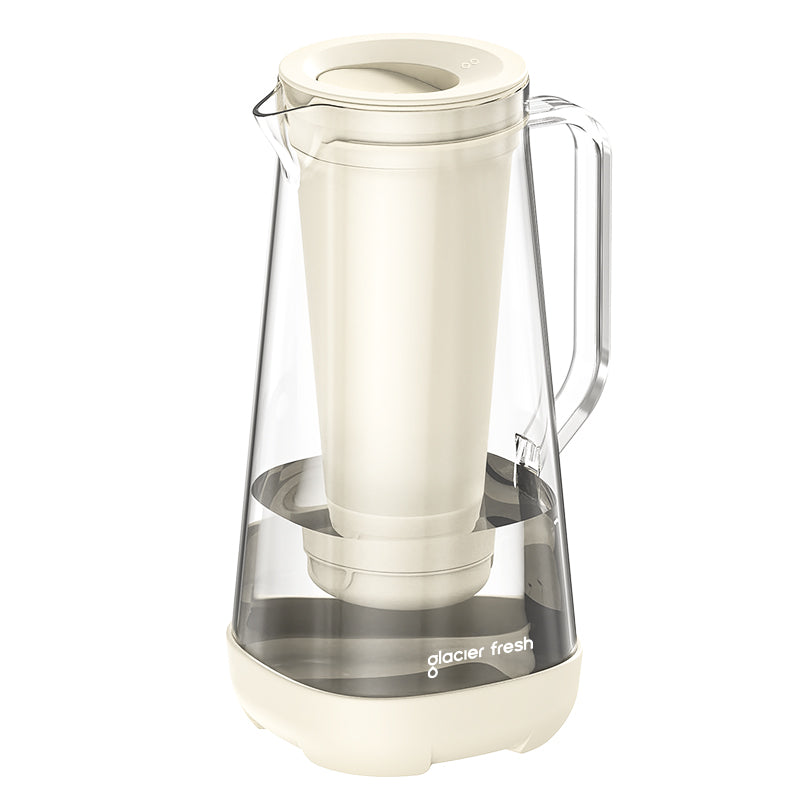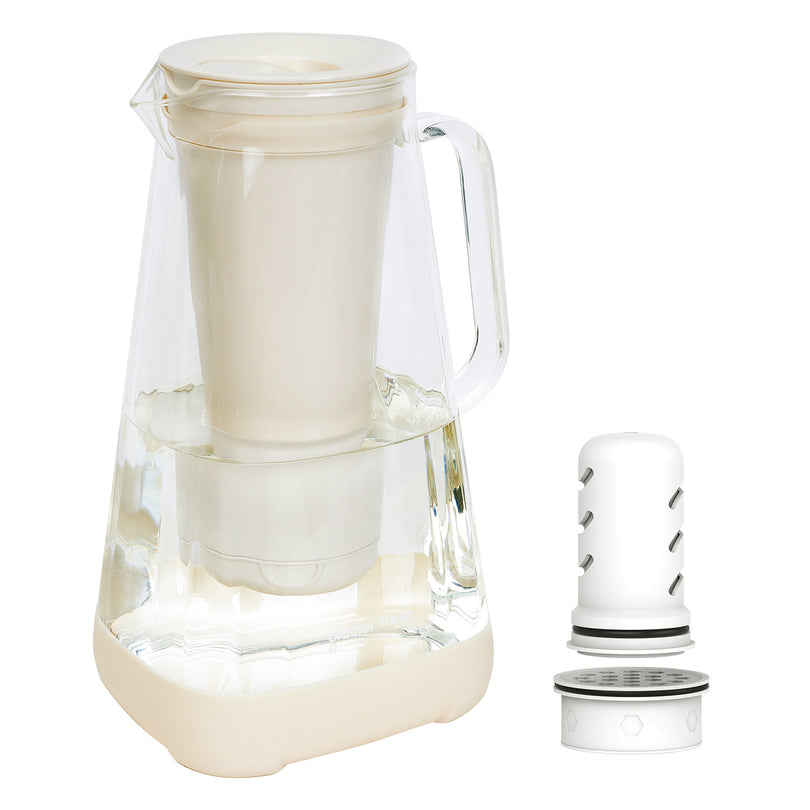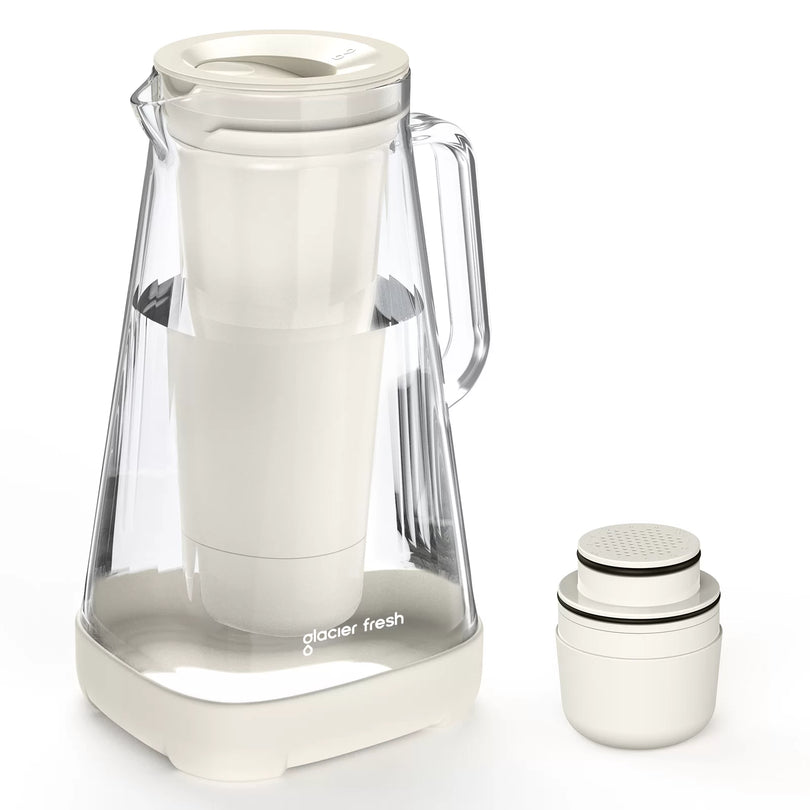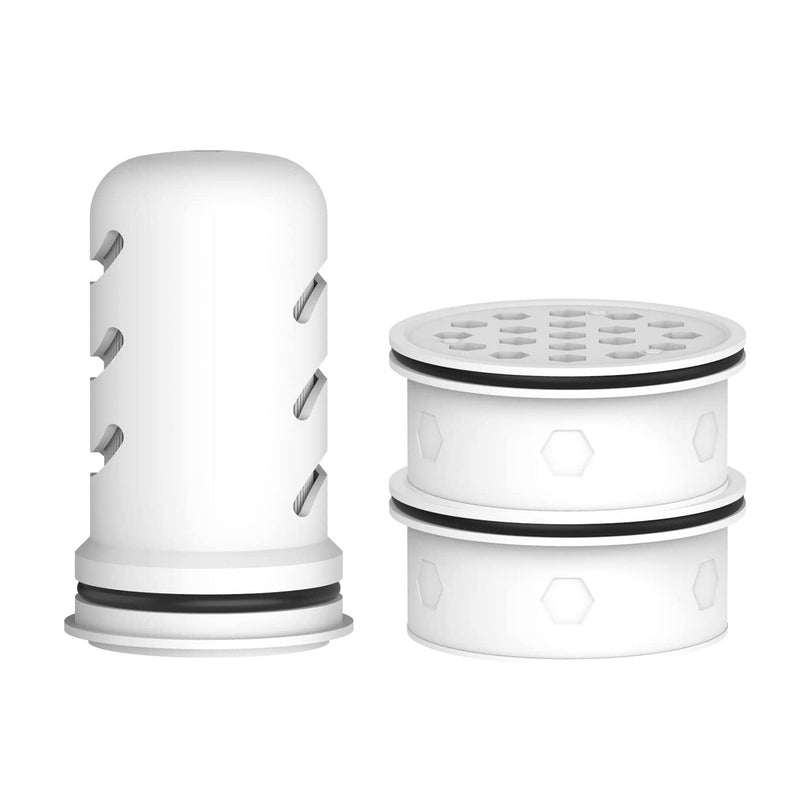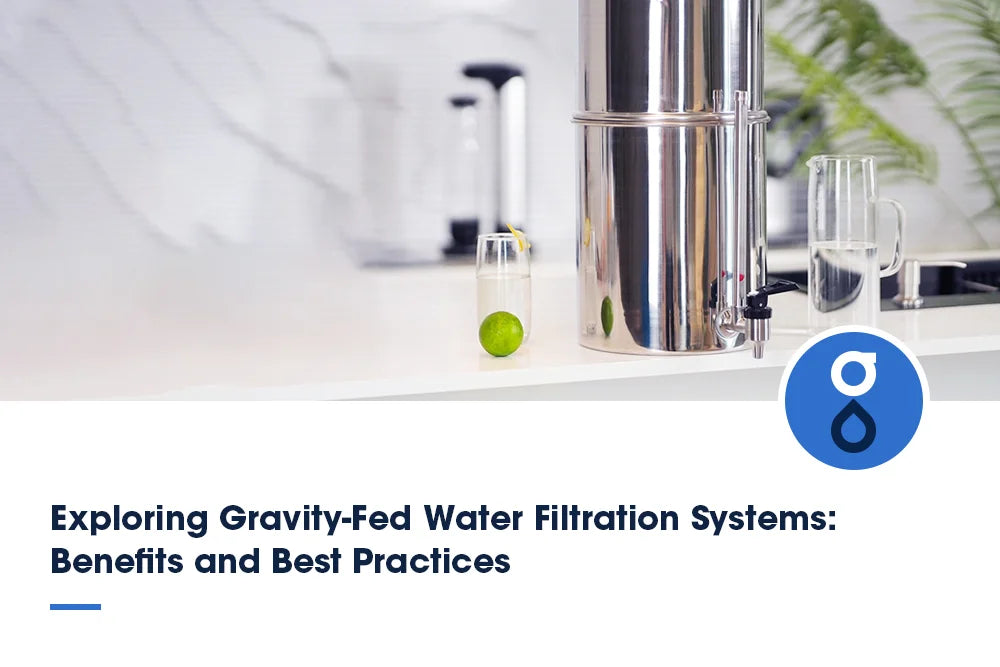Table of Contents:
Die Grundlagen der Osmose und Umkehrosmose
Die Ursprünge der Umkehrosmose
Die Entwicklung der Umkehrosmosefiltration
Die Anwendungen der Umkehrosmosefiltration
Die Aussichten und Herausforderungen der Umkehrosmosefiltration
FAQs
Abschluss
Die Umkehrosmose, ein Verfahren zur Entfernung von Verunreinigungen aus Wasser mithilfe einer semipermeablen Membran, hat seit ihrer Einführung eine lange Entwicklung durchlaufen. Was einst ein relativ unbekanntes Konzept war, ist heute eine der weltweit wichtigsten Wasseraufbereitungstechnologien.
In diesem Artikel untersuchen wir die faszinierende Entwicklung der Umkehrosmose, von ihren bescheidenen Anfängen bis hin zu ihren vielfältigen modernen Anwendungen. Wir tauchen ein in die wichtigsten Meilensteine, technischen Fortschritte und innovativen Anwendungen der Umkehrosmose in verschiedenen Branchen.
Die Grundlagen der Osmose und Umkehrosmose

Um die Grundlagen der Osmose zu verstehen, ist es wichtig, die Membranstruktur zu verstehen. Membranen wirken als Barrieren und lassen nur bestimmte Partikel aufgrund ihrer Größe und Ladung passieren. Dies ist für die Trennung der gelösten Stoffkonzentration bei der Umkehrosmose entscheidend.
Der Druckbedarf spielt bei Umkehrosmoseanlagen eine wichtige Rolle. Durch einen Druck, der über dem osmotischen Druck liegt, wird Wasser durch die Membran gepresst, wobei Verunreinigungen zurückbleiben. Die Selektivität der Membran ist entscheidend für die Erreichung hoher Wasserreinigungsstandards.
Um optimale Leistung und Wirtschaftlichkeit zu gewährleisten, muss die Systemkonstruktion auf Energieeffizienz ausgelegt sein. Die Überwachung der Durchflussraten, die das Wasservolumen angeben, das pro Zeiteinheit durch die Membran fließt, ist für die Beurteilung der Systemeffizienz von entscheidender Bedeutung.
Die Ursprünge der Umkehrosmose
Die Ursprünge der Umkehrosmose gehen auf die Forschung zur Membrantechnologie und Wasserentsalzung Mitte des 20. Jahrhunderts zurück. Frühe Experimente ebneten den Weg für die Membranentwicklung, die in der Wasseraufbereitung von historischer Bedeutung ist.
Wissenschaftliche Durchbrüche dieser Zeit zeigten das Potenzial der Umkehrosmose zur Wasserreinigung auf. Dabei kommt eine semipermeable Membran zum Einsatz, die Verunreinigungen vom sauberen Wasser trennt. Technologische Fortschritte steigerten die Effizienz und Praktikabilität von Umkehrosmosesystemen weiter und machten sie zu einem Eckpfeiler moderner Wasseraufbereitungsprozesse.
Diese frühen Studien legten den Grundstein für die breite Einführung der Umkehrosmosetechnologie in verschiedenen Branchen, von Entsalzungsanlagen bis hin zu Wasserfiltersystemen für Privathaushalte. Die kontinuierliche Weiterentwicklung der Umkehrosmoseverfahren im Laufe der Jahre hat ihre Position als zuverlässige und effektive Lösung zur Herstellung von hochwertigem Trinkwasser und zur Abwasserbehandlung gefestigt und markiert ein entscheidendes Kapitel in der Entwicklung der Wasseraufbereitungstechnologien.
Die Entwicklung der Umkehrosmosefiltration
Bei der Entwicklung der Umkehrosmosefiltration konzentrierten sich die Forscher auf die Verbesserung der Membrantechnologie zur Verbesserung der Wasseraufbereitung. Frühe Experimente auf diesem Gebiet führten zur Entwicklung fortschrittlicherer Membranen, die Verunreinigungen effektiv herausfiltern konnten. Diese Fortschritte steigerten die Effizienz des Filtrationsprozesses und ebneten den Weg für die kommerzielle Einführung von Umkehrosmosesystemen in verschiedenen Branchen und Haushalten.

Die Anwendungen der Umkehrosmosefiltration
Entsalzung: Gewinnung von sauberem Wasser aus salzhaltigen Quellen
Die Umkehrosmose-Technologie ist in Entsalzungsprozessen entscheidend, um sauberes Wasser aus salzhaltigen Quellen zu gewinnen. Die Meerwasserentsalzung ist besonders wichtig, um der globalen Wasserknappheit zu begegnen. Mithilfe der Membrantechnologie können Entsalzungsanlagen Brackwasser oder Meerwasser mit hoher Energieeffizienz und hervorragender Wasserqualität in Trinkwasser umwandeln. Dieses Verfahren gewährleistet eine nachhaltige Wasserversorgung und trägt dazu bei, die mit herkömmlichen Entsalzungsverfahren verbundenen Umweltauswirkungen zu reduzieren.
Darüber hinaus ist die Umkehrosmose aufgrund ihrer Kosteneffizienz und ihrer Fähigkeit, Membranverschmutzung zu reduzieren, eine bevorzugte Wahl für Entsalzungsprojekte weltweit. Da der Bedarf an Süßwasser, insbesondere in trockenen Regionen, weiter steigt, kann die Bedeutung der Meerwasserentsalzung nicht hoch genug eingeschätzt werden. Der Einsatz fortschrittlicher Umkehrosmosetechnologie ist entscheidend, um Gemeinden, die von Wasserknappheit betroffen sind, eine zuverlässige und nachhaltige Quelle sauberen Wassers zu gewährleisten.
Industrielle Anwendungen: Behandlung von Abwasser und chemischen Lösungen
Die Umkehrosmosetechnologie bietet über die Entsalzung hinaus wertvolle Anwendungsmöglichkeiten in der effizienten Behandlung von Industrieabwässern und chemischen Lösungen. Die Wasseraufbereitung spielt eine entscheidende Rolle für einen nachhaltigen Betrieb industrieller Prozesse.
Dank der Membrantechnologie ist die Umkehrosmose zu einem Eckpfeiler der Abwasserwirtschaft geworden und bietet effektive Filtersysteme, die die industrielle Nachhaltigkeit verbessern. Durch den Einsatz der Umkehrosmose zur Aufbereitung chemischer Lösungen können Industrien ihre Umweltbelastung reduzieren und gleichzeitig gesetzliche Standards einhalten.
Die Vielseitigkeit der Umkehrosmose in industriellen Anwendungen zeigt sich in ihrer Fähigkeit, vielfältige Herausforderungen zu bewältigen, von der Reinigung von Wasser zur Wiederverwendung bis hin zur Konzentration chemischer Lösungen für Herstellungsprozesse.

Mobile Wasseraufbereitung: Sicheres Trinkwasser
Im Bereich der Wasseraufbereitung spielt die Umkehrosmose-Technologie eine entscheidende Rolle bei der Bereitstellung von sicherem Trinkwasser durch tragbare Aufbereitungssysteme. Diese Systeme sind für verschiedene Szenarien unerlässlich, beispielsweise für Notfallmaßnahmen, Katastrophenhilfe und die Versorgung abgelegener Gemeinden, Outdoor-Abenteurer und Entwicklungsländer mit Wasser.
Der Zugang zu sauberem Trinkwasser ist in Notsituationen wie Naturkatastrophen oder humanitären Krisen oft eingeschränkt. Tragbare Umkehrosmoseanlagen können durch die Entfernung von Schadstoffen und Krankheitserregern schnell für sicheres Wasser sorgen und so die Gesundheit und das Wohlbefinden der betroffenen Bevölkerung gewährleisten.
Auch in abgelegenen Gemeinden oder Entwicklungsländern ohne Infrastruktur bieten diese tragbaren Systeme eine praktische Lösung zur Trinkwasserversorgung. Tragbare Umkehrosmosesysteme können für Outdoor-Fans, die sich auf Abenteuer in unwegsamem Gelände begeben, wo saubere Wasserquellen rar sind, lebensrettend sein.
Die Aussichten und Herausforderungen der Umkehrosmosefiltration
Fortschritte in der Membrantechnologie für die Umkehrosmose
Membraninnovationen sind entscheidend für die Verbesserung von Wasseraufbereitungsprozessen und die Gewährleistung einer hohen Wasserqualität. Diese Fortschritte konzentrieren sich auf die Steigerung der Energieeffizienz, wodurch Betriebskosten gesenkt und die Umweltbelastung reduziert werden. Nachhaltige Verfahren werden in die Membranentwicklung integriert, um umweltfreundliche Lösungen für die Wasseraufbereitung zu fördern.
Eine der größten Herausforderungen bei Membrantechnologien ist die Membranverschmutzung, die die Systemleistung beeinträchtigt und häufige Wartung erfordert. Forscher arbeiten an der Entwicklung foulingresistenter Membranen, um dieses Problem zu mildern und die Lebensdauer der Systeme zu verlängern. Die Bekämpfung der Membranverschmutzung kann die Effizienz und Lebensdauer von Umkehrosmoseanlagen deutlich verbessern.
Erhöhung der Wasserrückgewinnungsraten in Umkehrosmosesystemen
Durch die Konzentration auf Membrantechnologie und die Verbesserung von Filtrationsprozessen sollen die Wasserrückgewinnungsraten erhöht und die Herausforderungen der Wasserknappheit wirksam bewältigt werden. Ein weiterer wichtiger Aspekt ist die Energieeffizienz, da die Reduzierung des Energieverbrauchs in Umkehrosmoseanlagen zu Nachhaltigkeitsbemühungen beiträgt.
Verbesserte Filtertechniken erhöhen die Reinheit des aufbereiteten Wassers und steigern die Wasserrückgewinnungsraten deutlich. Das Erreichen höherer Wasserrückgewinnungsraten in Umkehrosmosesystemen ist für die optimale Nutzung der verfügbaren Wasserressourcen von entscheidender Bedeutung.
Der Einsatz fortschrittlicher Membrantechnologien und die Optimierung der Systemeffizienz tragen dazu bei, die Herausforderungen der Wasserknappheit zu bewältigen und nachhaltige Wassermanagementpraktiken zu fördern. Forscher arbeiten daran, die Wasserrückgewinnungsraten durch innovative Lösungen zu verbessern, die Wassernachhaltigkeit und Energieeffizienz in den Vordergrund stellen.
Integration erneuerbarer Energiequellen in Umkehrosmoseanlagen
Die Nutzung erneuerbarer Energiequellen in Umkehrosmoseanlagen bietet vielversprechende Möglichkeiten zur Verbesserung der Nachhaltigkeit und zur Bewältigung der Herausforderungen im Energieverbrauch. Energieeffizienz steht dabei im Mittelpunkt, um den Stromverbrauch zu optimieren und die Umweltbelastung zu reduzieren. Die Integration von Solarenergie bietet eine saubere und ergiebige Energiequelle, mit der Umkehrosmoseanlagen effizient betrieben werden können. Windkraft, eine weitere erneuerbare Option, kann den Energiebedarf ergänzen und zu einem umweltfreundlicheren Betrieb beitragen. Die Nutzung von Biomasse bietet das Potenzial, nachhaltige Energie für Entsalzungsprozesse bereitzustellen und so die Abhängigkeit von nicht erneuerbaren Ressourcen weiter zu reduzieren.
Darüber hinaus kann die Nutzung von Synergien im Bereich Wasserkraft zu innovativen Lösungen führen, bei denen Umkehrosmoseanlagen von der Integration der Wasserkraft profitieren. Diese erneuerbaren Energiequellen bieten zwar erhebliche Vorteile, doch um einen unterbrechungsfreien Betrieb zu gewährleisten, müssen die Intermittenz und Zuverlässigkeit berücksichtigt werden.
FAQs
Können durch Umkehrosmose Arzneimittel und Mikroplastik aus dem Wasser entfernt werden?
Ja, die Umkehrosmose kann Arzneimittel und Mikroplastik effektiv aus dem Wasser entfernen. Bei diesem Verfahren wird eine semipermeable Membran verwendet, um diese Verunreinigungen herauszufiltern und Ihnen und Ihrer Familie saubereres und sichereres Trinkwasser zu gewährleisten.
Welchen Einfluss hat die Temperatur auf die Effizienz von Umkehrosmoseanlagen?
Bei Umkehrosmoseanlagen beeinflusst die Temperatur die Effizienz. Höhere Temperaturen steigern oft die Produktivität, da wärmeres Wasser leichter zu verarbeiten ist. Umgekehrt können niedrigere Temperaturen die Filtration verlangsamen und die Gesamtleistung des Systems beeinträchtigen.
Abschluss
Sie haben die Entwicklung der Umkehrosmose kennengelernt, von ihren Anfängen in der Membranforschung bis hin zu ihren modernen Anwendungen in verschiedenen Branchen und Haushalten. Dank technologischer Fortschritte und gesteigerter Effizienz ist die Umkehrosmose heute ein entscheidender Faktor für die Bekämpfung von Wasserknappheit und die Bereitstellung sauberer Trinkwasserlösungen. Die Zukunft der Umkehrosmose bietet noch mehr Potenzial für Innovationen und Verbesserungen, da wir uns weiterhin den Herausforderungen der Wasseraufbereitung und Nachhaltigkeit stellen. Folgen Sie Glacier Fresh , um weitere Wasserfilterlösungen zu entdecken.

